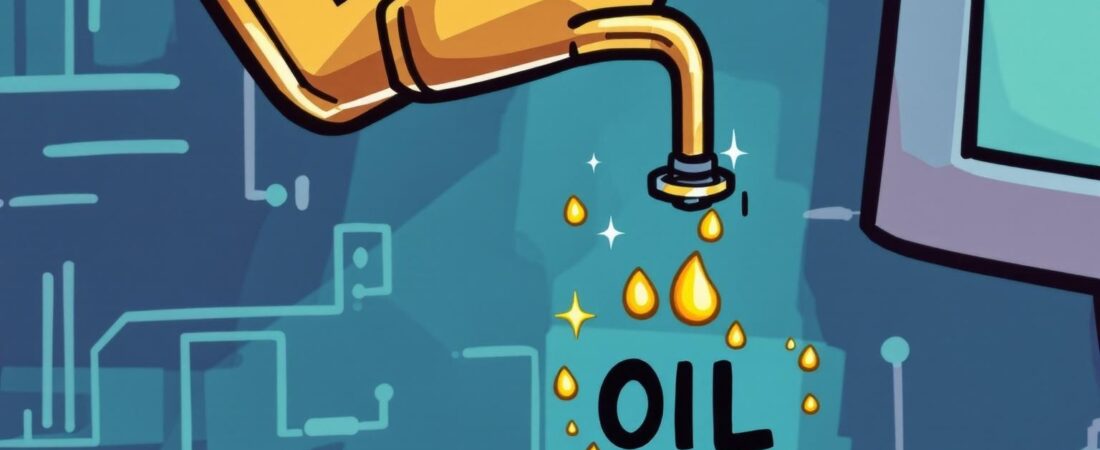Welcome to Part #1 of our Windows Power User Series! Today, Dr. Al. Gorithim reveals two zero-cost tools built right into your Windows system that solve the most common PC problems. No downloads, no paid software – just pure Windows magic.
🔧 Tool #1: The System File Checker (SFC)
What if Windows could heal itself? Well, it can – you just need to know where to look. The System File Checker is Windows’ self-healing tool that most users never discover.
What SFC Fixes:
✓ Corrupted system files
✓ Blue screen errors
✓ Random crashes
✓ Startup problems
✓ Performance issues
Quick Guide:
- Press Windows + X
- Choose “Windows Terminal (Admin)” or “Command Prompt (Admin)”
- Type: sfc /scannow
- Let it work its magic (10-15 minutes)
Pro Tip: Run this monthly for optimal performance.
💽 Tool #2: Advanced Disk Cleanup
Low disk space isn’t just annoying – it’s killing your PC’s performance. Here’s how to find gigabytes of hidden space:
Quick Wins:
✓ Windows.old folder (20-30 GB)
✓ Temporary Windows files (5-15 GB)
✓ Update cleanup (10+ GB)
✓ System error memory dumps (1-5 GB)
Step-by-Step Guide:
- Press Windows + R
- Type: cleanmgr
- Select your system drive
- Click “Clean up system files”
- Check all boxes
- Click OK
Pro Tip: Focus on “Windows Update Cleanup” – it’s often the biggest space hog.
Coming Up in the Windows Power User Series:
Stay tuned for Part #2 where we’ll tackle advanced performance tweaks that even tech pros overlook. Subscribe to our newsletter to get notified when it drops!
Dr. Al. Gorithim’s Final Thought:
“These aren’t just random tricks – they’re the foundation of a healthy Windows system. Run these tools monthly, and you’ll prevent 90% of common Windows problems before they start.”
💡 Bonus Tip: Turn USB Drives into Extra System Memory
“Here’s a little-known Windows feature that Dr. Al. Gorithim loves to share with surprised tech enthusiasts – you can actually use a USB drive to boost your system performance!”
What is ReadyBoost?.
Windows has a clever feature called ReadyBoost that lets you use a USB drive as additional memory cache. Think of it as giving your PC a little extra breathing room when it’s running low on resources.
Requirements:
✓ USB 2.0+ drive
✓ At least 500MB free space
✓ Drive must meet Windows speed requirements
How to Set It Up:
- Insert your USB drive
- Right-click the drive in File Explorer
- Select ‘Properties’
- Click the ‘ReadyBoost’ tab
- Select ‘Dedicate this device to ReadyBoost’
Pro Tips:
- Use USB 3.0+ drives for best performance
- Dedicate at least 8GB for noticeable results
- Don’t remove the drive while in use
- Works best on PCs with 4GB RAM or less
⚠️ Important Note: While ReadyBoost isn’t a replacement for actual RAM upgrades, it’s a great temporary solution or backup option when you need a quick performance boost.
Need A More Permanent Solution?
While these built-in Windows tools are fantastic for optimization, sometimes you just need more space. Dr. Al. Gorithim recommends checking out these reliable storage solutions:
- External SSDs – Perfect for quick backups and extra space
- Large Capacity HDDs – Ideal for media storage
- Portable Drives – Great for on-the-go file management
[As an Amazon Associate, Lucrum Links earns from qualifying purchases when using our links. Dr. Al. Gorithim only recommends tools he’s personally tested!]
Your PC Running Slow? This Old-School Trick Still Works! 🛠️ Part 1





